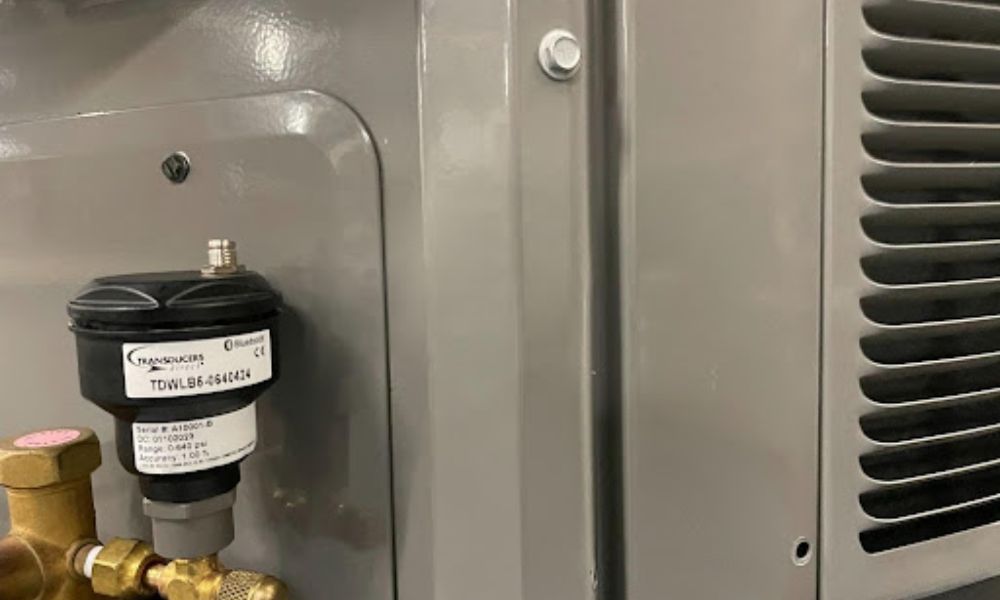
Pressure monitoring equipment is quite common throughout many industries and sectors. Numerous types of pressure transducers exist, each designed to excel in distinct applications. Because of this wide selection, choosing the right pressure transducer for your application is crucial. Learn how to simplify this purchasing process and guarantee a suitable investment!
Selecting a Measurement Type
Pressure transducers come in five measurement types: gauge, vacuum, absolute, differential, bidirectional, and sealed gauge. Gauge transducers measure pressure relative to atmospheric pressure. Vacuum transducers measure pressure that is less than atmospheric pressure. The choice of measurement type depends on the specific application.
For instance, absolute pressure transducers are best for measuring barometric pressure or in altimeters, where you must make pressure measurements relative to a perfect vacuum. Differential pressure transducers find their use in flow measurement or filter monitoring, while bidirectional transducers are ideal for applications that involve pressure fluctuations. Deep sea or submersible applications typically require sealed gauge transducers, which provide accurate readings despite the high-pressure environment.
Balancing Accuracy and Overpressure Protection
The pressure range of a transducer plays a crucial role in determining its accuracy and overpressure protection. The pressure range should align with the requirements of your application for optimal performance. An incorrect pressure range can lead to inaccurate readings or even damage to the transducer due to overpressure.
Therefore, selecting a transducer with a pressure range compatible with your application and offering sufficient overpressure protection is crucial. For instance, you would need a transducer with a wide pressure range and robust overpressure protection if you are working in a high-pressure environment. Conversely, a transducer with a narrower range and less aggressive overpressure protection might suffice in a low-pressure setting.
Understanding Your Process Media
Process media refers to the specific substance or mixture the pressure transducer will measure. This media could range from gases, liquids, or even corrosive substances. The nature of your process media plays a significant role in determining the type of pressure transducer you should select.
Different fluids can interact differently with various materials used in the transducer’s construction, potentially affecting its measurement accuracy and the overall quality of your end product. For instance, certain metals used in the transducer may react negatively when exposed to corrosive fluids, leading to inaccurate readings and potential damage to the device. Therefore, understanding your process media is crucial in choosing a pressure transducer that consists of materials compatible with the fluid you’re measuring.
Temperature Considerations
The operational temperature within your process can significantly impact the accuracy and performance of your pressure monitoring devices. As the temperature changes, so can the transducer’s output due to the thermal effects on the sensing element and electronics. Extreme temperatures, either too hot or too cold, can cause shifts in calibration or even permanent damage to the transducer.
It is vital to consider the temperature conditions under which your pressure transducer will operate. Finding a pressure transducer that can withstand your specific temperature conditions, whether it includes temperature compensation features or can handle extreme temperatures due to its material makeup, will ensure more accurate readings and a longer lifespan for your device.
Ultimately, choosing the right pressure transducer for your application requires a knowledgeable and reliable OEM pressure transducer manufacturer and distributor. Browse our selection at Transducers Direct today!


Leave A Comment